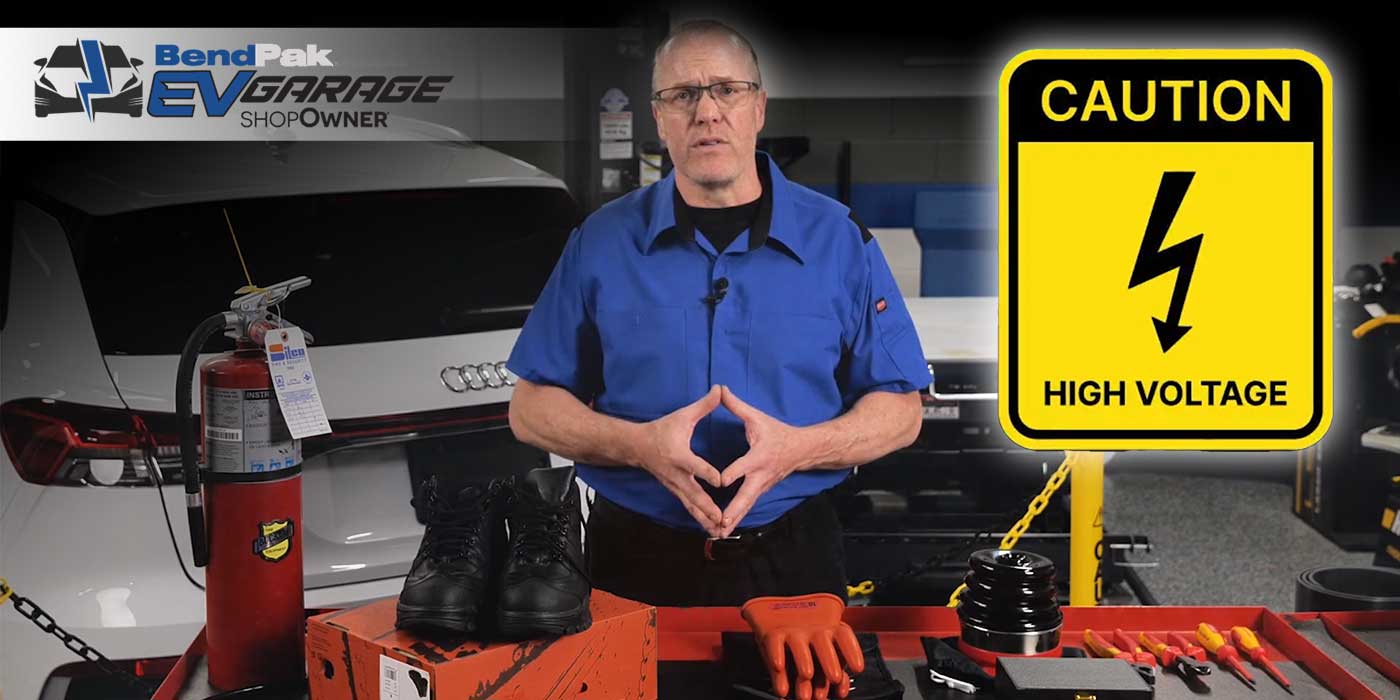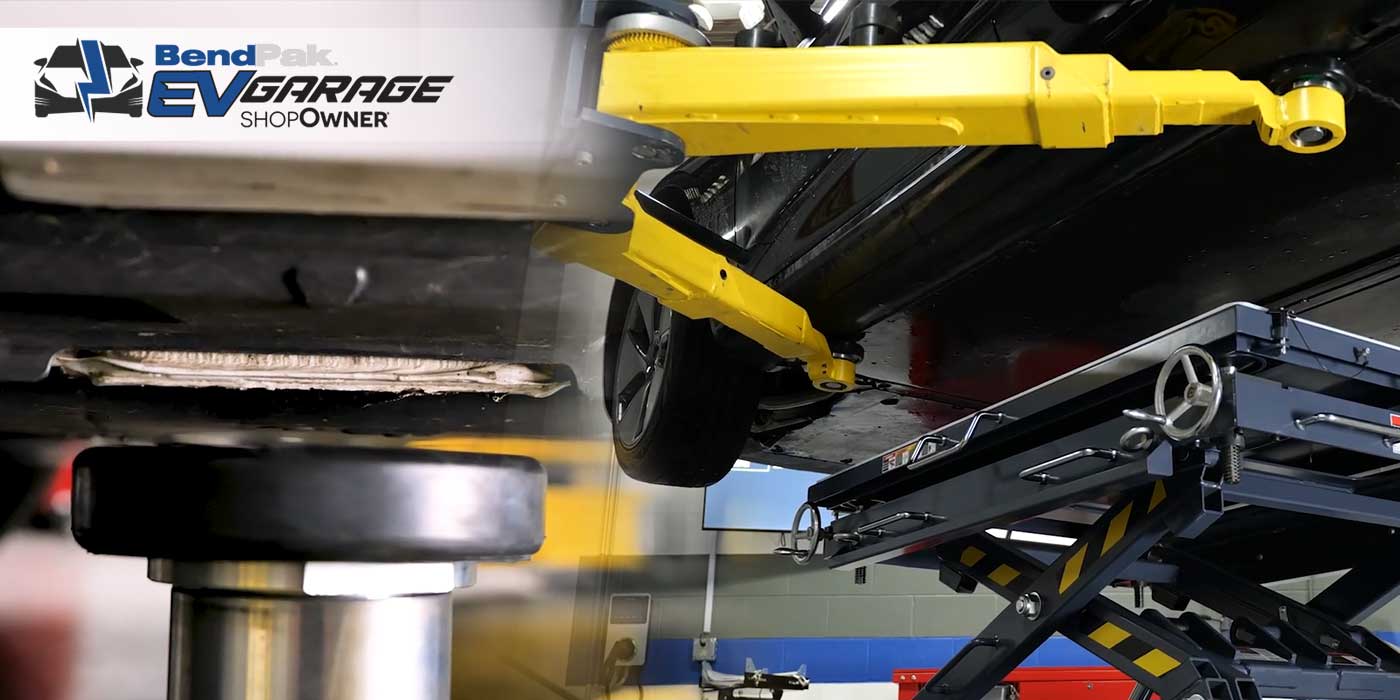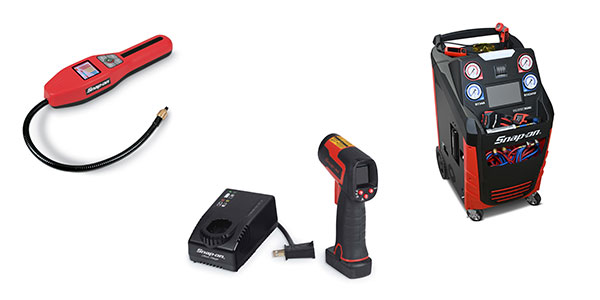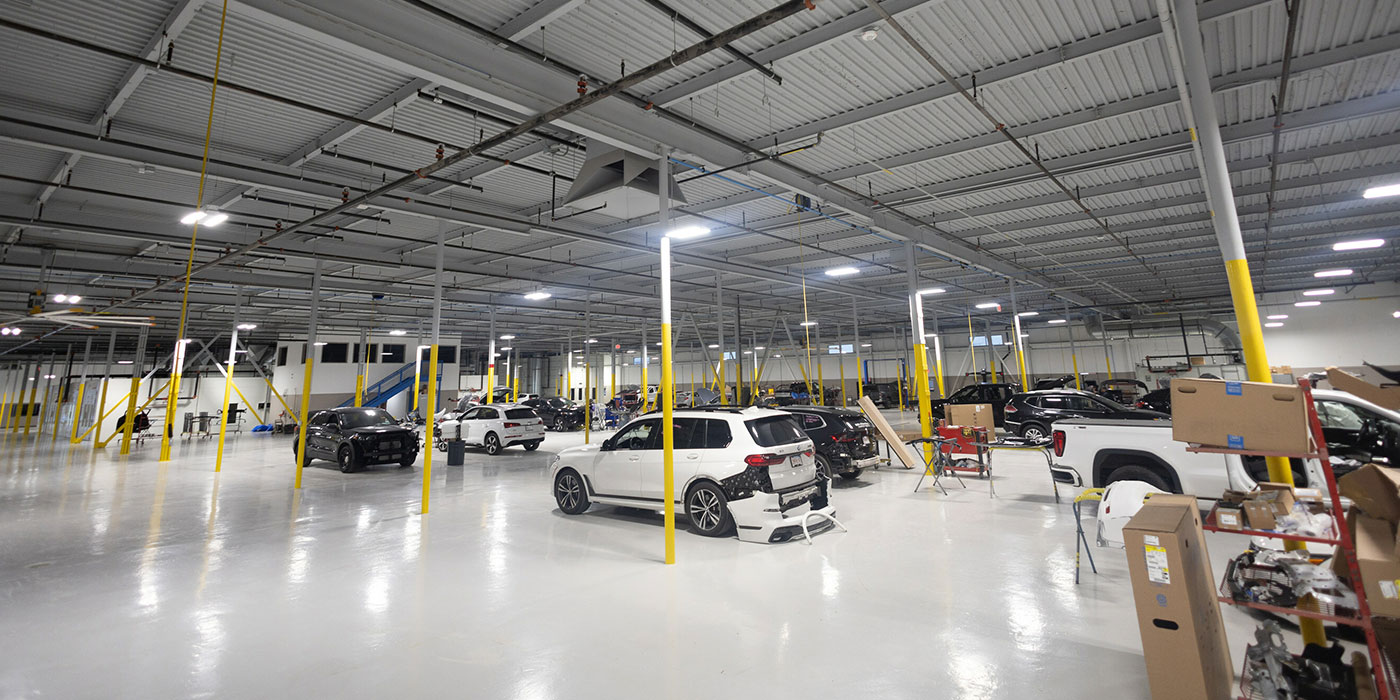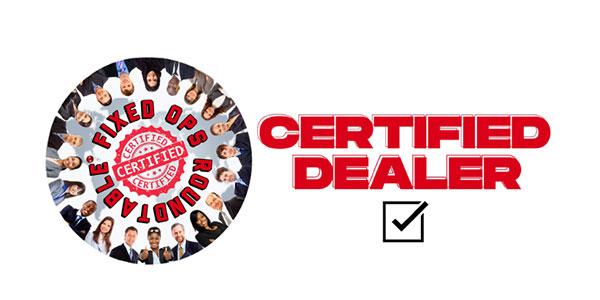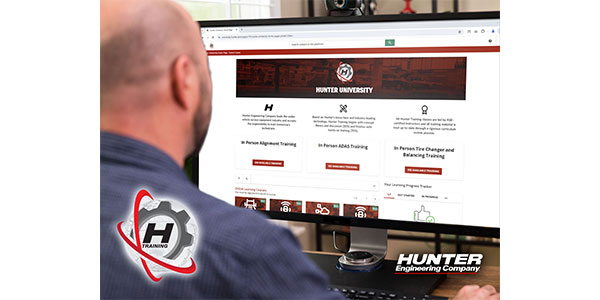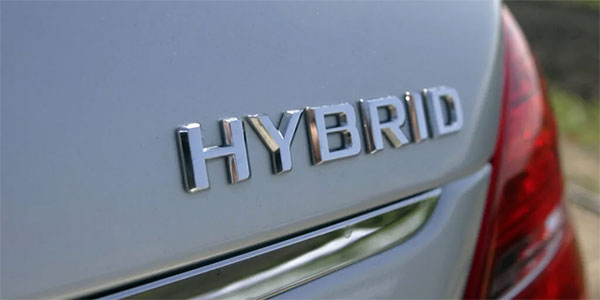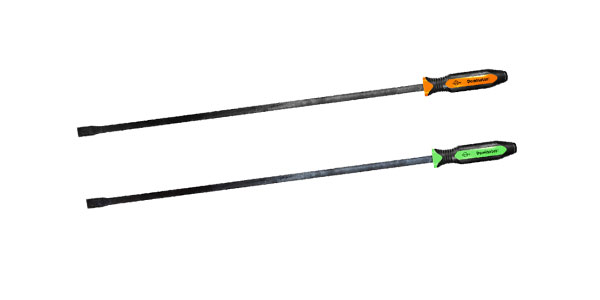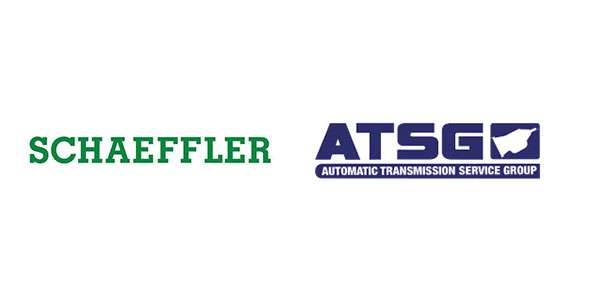Staying safe while working on an electric vehicle requires the correct shop equipment as well as the correct personal protective equipment (PPE) and shortcuts are simply not an option. Let’s take a look at everything you are going to need.
We’ll start with PPE and electrical safety gloves. Class zero electrical insulating gloves rated for 1000 volts are required for EV service. Simply put, these gloves prevent high voltage from traveling through your hands, and they must be tested every time you use them by checking for a pinhole or any damage that could allow voltage to pass through a glove. A glove inflator is the most efficient way to do this. Insulating gloves must also be clean and dry so there are no conductive substances that can allow high voltage to travel outside the glove to your arm. Treat these safety gloves with extreme care. They can be damaged easily and they’re sensitive to UV rays, so they should be stored in a dark, dry environment. A ventilated UV-resistant bag is the best option. Safety gloves must also be re-certified every six months. You’ll also wear them with a leather outer glove to protect them, most prefer to wear an inner cotton glove as a liner to allow your hands to breathe.
In addition to gloves, safety glasses and face shields are recommended, as is clothing that doesn’t combust easily, such as cotton. Footwear rated for electrical hazards is also recommended as they won’t allow electricity to travel through. The work area where the vehicle is located must also be properly prepared. It must be clearly marked and cordoned off with bright safety cones or stands and tape to warn everyone that work is taking place on the high-voltage system. It’s also required to have a safety hook, also called a rescue hook, so in the event a technician comes into contact with high voltage, another technician is able to use the hook to physically pull them away from the vehicle. For this reason, it’s recommended that two people are present anytime work is being performed on the high-voltage system of an EV.
A category III rated multimeter and test leads are required for testing high voltages of these levels. A meter that isn’t rated to handle high voltage poses the risk of arc flash explosion or transfer of high voltage. As we’re talking about multimeters, a milliohm meter is required for testing some circuits due to the increased accuracy required and a meter sometimes referred to as an insulation meter is required to check for insulation faults within the drive motor or cables.
A proving meter is another requirement when performing a live dead-live test. You use it to check the operation of your multimeter at the voltage for which you are testing. Then after confirming the high voltage circuits are disabled, you use it to recheck your meter to make sure it still reads and works properly. Nonconductive tools of which there are two different types, insulated or composite, are required for some procedures where the possibility of contacting a live circuit exists. Insulated tools are standard tools with a nonconductive coating. Composite tools are made of strong durable nonconductive composite materials. Many companies offer a number of wrenches, screwdrivers, flyers, ratchets, sockets, and extensions of one type or the other. I’ve mentioned before that EV technology is a safe technology. As long as you follow the OE guidelines for testing and disabling the high voltage circuits when necessary, an EV is as safe to work on as any other vehicle on the road.
You are absolutely going to have to use the proper PPE and you’ll need these insulated tools as well, but I like to point out that when you’re working on one of the electrical systems after the high voltage circuit has been disabled, your regular hand tools are fine at this point. Many people perceive an endless struggle with large, bulky gloves and tools that look like children’s toys. That’s not the case. Once the high-voltage system is disabled, the danger is gone.
Now that you’ve got a handle on the high-voltage testing, let’s look at lifting equipment. To begin with, using the proper ALI-certified vehicle lift is critical. It must be rated to handle the additional weight of an EV and the lift arms must retract and extend far enough to safely engage the manufacturer’s recommended lifting points. On EVs, these points are often on the side rails or frame rails right next to the battery pack, making it imperative that the lift adapters are placed precisely for your safety and to prevent damage to the battery.
Your lift should have a strong swing arm restraint system to keep the arms in position during service. The lift arms and swing arm restraints as well as adjustable lift adapters are critical in this situation because you’ll be lifting the vehicle on the edge of the pinch welds. To clear the battery, you must make sure to have good solid engagement of the lift pads and that the arms will not move. Some vehicle manufacturers have different lifting points for servicing the high-voltage batteries than for performing routine maintenance. These may require special adapters as well. Check the vehicle service manual to be sure when it’s time to remove the battery. You’ll need a battery lift table that’s suited for the job. Think about this — an EV battery can weigh from 1,000 pounds to well over 2,000 pounds. On top of that, all battery packs may be equally balanced.
Not only must a lifting table be able to support the battery’s weight, but it must do so while offering the stability to handle a potentially unbalanced battery while allowing you to roll it out from underneath the vehicle. The weight alone is a factor, but just as important is not damaging the battery in any way. Physical damage from dropping a battery or even seemingly minor damage from improper lifting can cause internal short circuits, which can cause a fire. In some cases, it may take 12 to 15 hours for the fire to start. When installing a battery, the lift table is equally important so you can align the battery pack properly without damaging electrical connections or yourself. PPE shortcuts are not an option. Equipment shortcuts are not an option. Using the proper equipment for vehicle lifting and battery removal can prevent battery damage and accidents.
This video is sponsored by BendPak.


